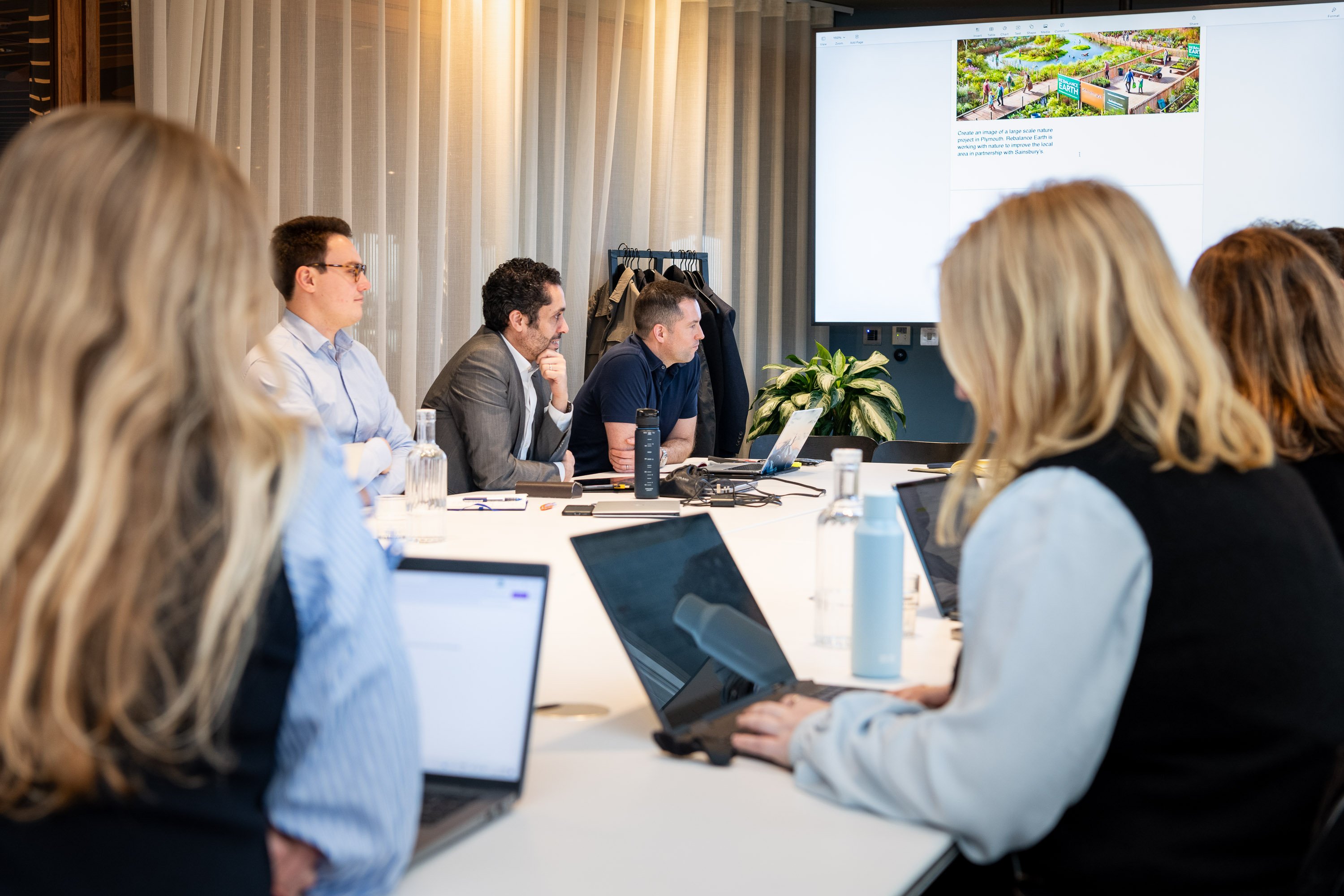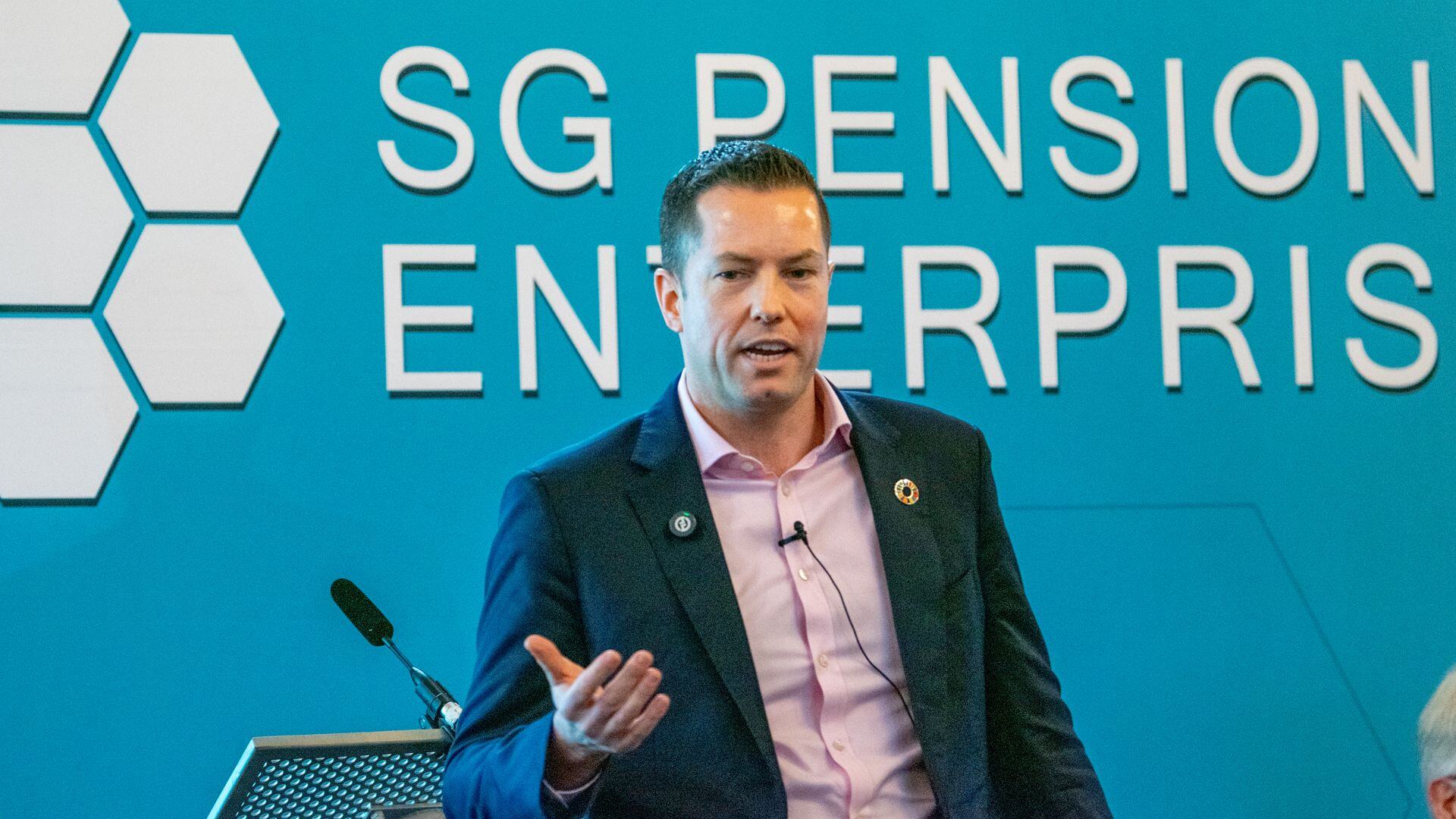Insights &
Resources
At Rebalance Earth, we believe that sharing knowledge and sparking meaningful conversations are essential to restoring Nature and building resilience for businesses, communities, and ecosystems. Explore our latest insights across blog posts, podcasts, media, and press to stay informed and inspired.
White papers
Search
Read our white paper to learn about real life examples of Nature-based solutions and their benefits.
Podcasts
Tune in to the Rebalance Earth podcast to hear from a range of experts, innovators, and stakeholders, discussing how Nature can help us build a resilient future.
Videos
Upcoming Events.....
PLSA Investment Conference
11-13th March 2025
The PLSA Investment Conference in Edinburgh will bring together leaders from pension funds, asset managers, investment banks, consultants, and Government to focus on investment returns and economic growth.
Past Events...
The Private Markets Pensions Investment Forum
28th January 2025
Inviting all pensions investment officers for an essential debate on the outlook for private markets investing and the implications of the Government's growth initiatives at the SG Pensions Enterprise Private Markets Pensions Investment Forum.
The Nature & Biodiversity Challenge
10th December 2024
Darran Ward, from West Yorkshire Pension Fund, discussed their investment in Rebalance Earth. Rob used Plymouth as an example to showcase how investing in Nature as business-critical infrastructure delivers financial returns by mitigating risks like flooding while providing environmental and social benefits to create a world worth living in.
11th Annual Irish Funds UK Symposium
Biophilic Design Conference
12th November 2024
The Journal of Biophilic Design ran the Biophilic Design Conference, where Robert Gardner spoke about how cities can incorporate biophilic design and Nature-based infrastructure to create resilient, vibrant, and economically thriving urban spaces.
Nature Finance UK Conference 2024
ULI C Change Summit 2024
Sustainable Finance Live

Join the
conversation
Explore, learn, and engage with us through our diverse
range of insights. Whether you’re looking for expert
advice, inspiring stories, or the latest updates,
Rebalance Earth’s Insights hub has something for everyone.













